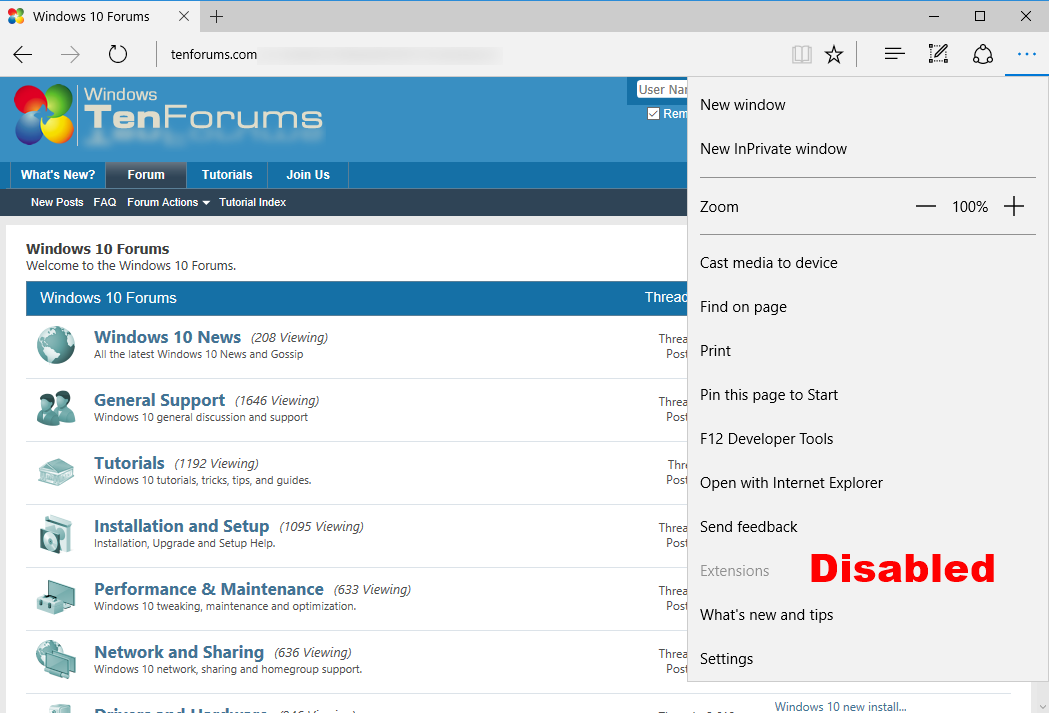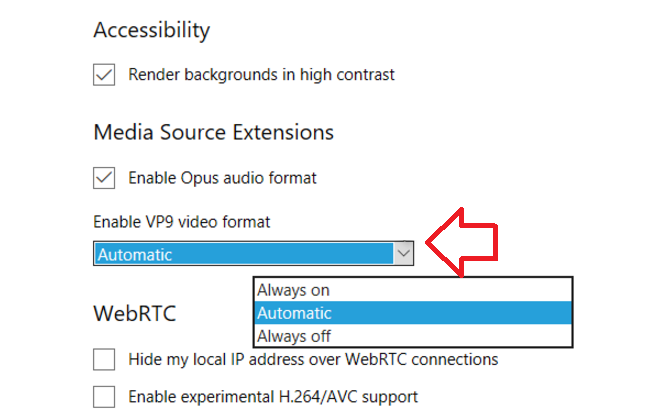
The traditional model for managing extensions uses the allowlist and blocklist approach for specific extensions. Allowlist or blocklist extensions to allow the least amount of rights needed for your users to do their work.Force-install extensions on your users' devices so they have tools that they need to be productive.Block or allow extensions on users’ computers based on your data protection policies.How much user or corporate data is stored on my users’ devices?Īs you answer these questions, you can use the granular policies that Microsoft Edge provides to:.Do some extensions ask for overly broad permissions, which could go against my company’s data security policies?.



This series walks through the different options and helps you pick the best method for managing extensions. This article is the first in a series that that helps admins manage extensions to provide a safe and productive experience for their users.

Keep extensions that users need to do their job.Prevent bad apps and extensions from being installed.Organizations want to protect corporate and user data and evaluate browser extensions to ensure that they’re safe and relevant to their enterprise. This article applies to Microsoft Edge version 77 or later.


 0 kommentar(er)
0 kommentar(er)
